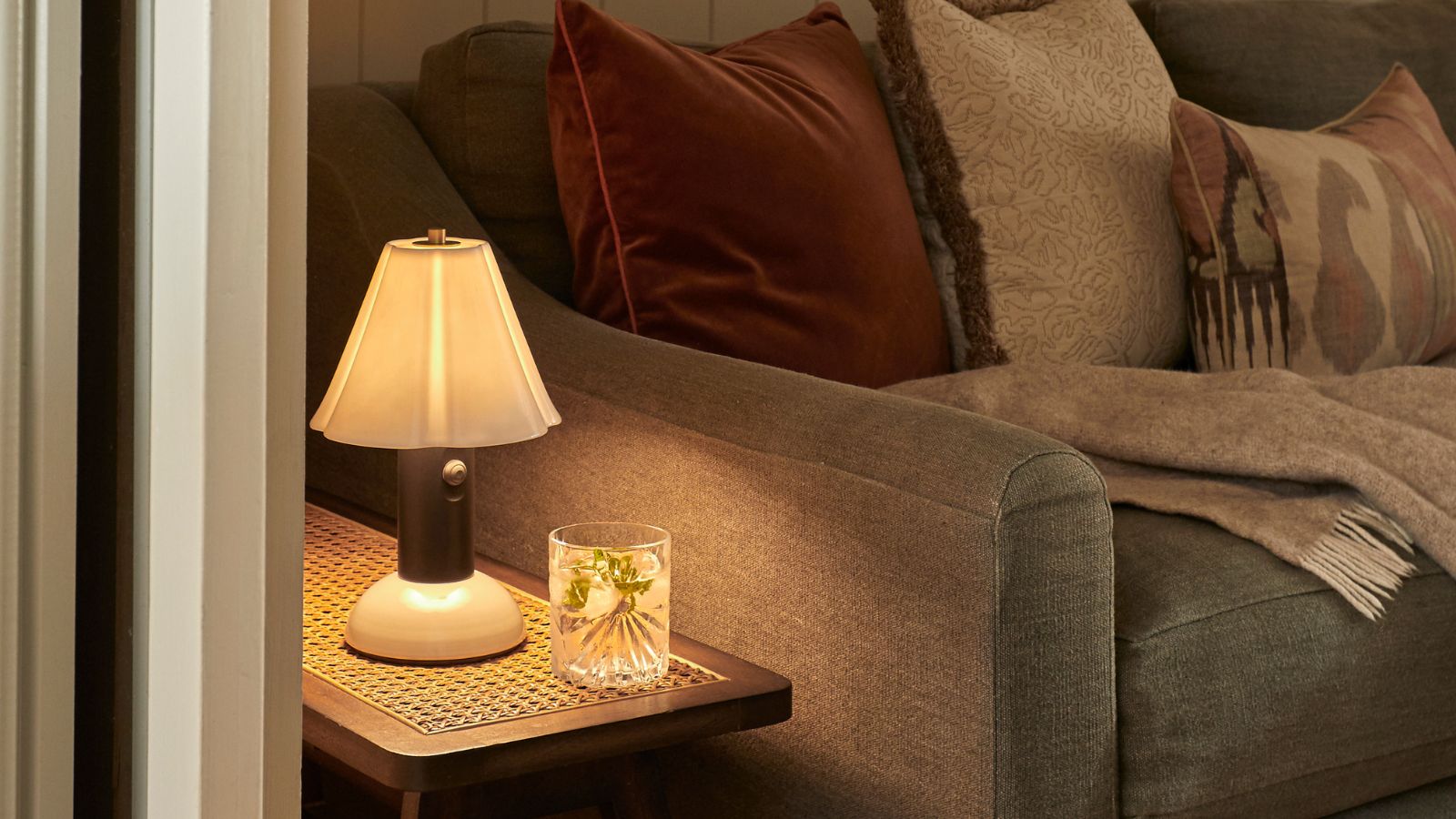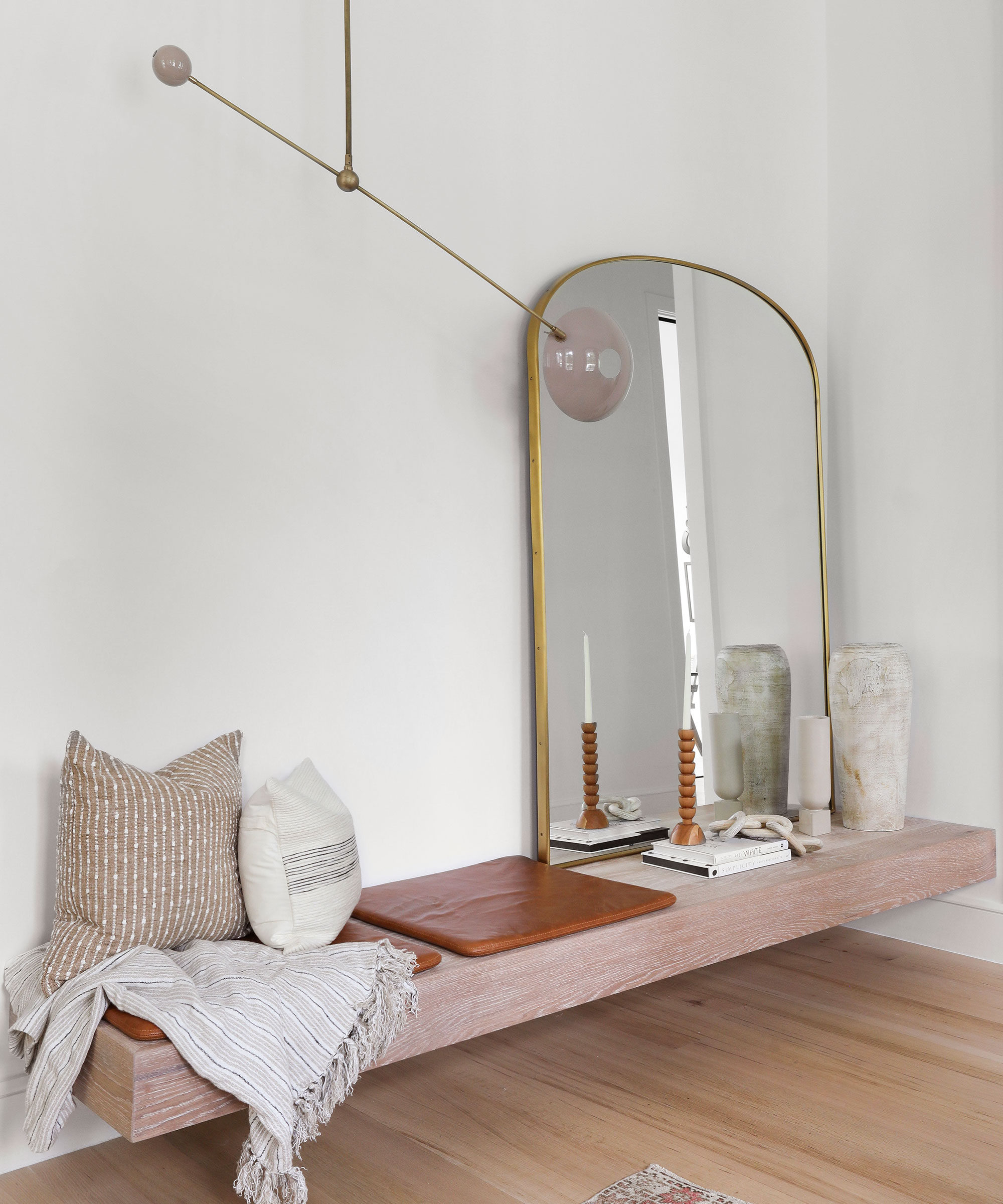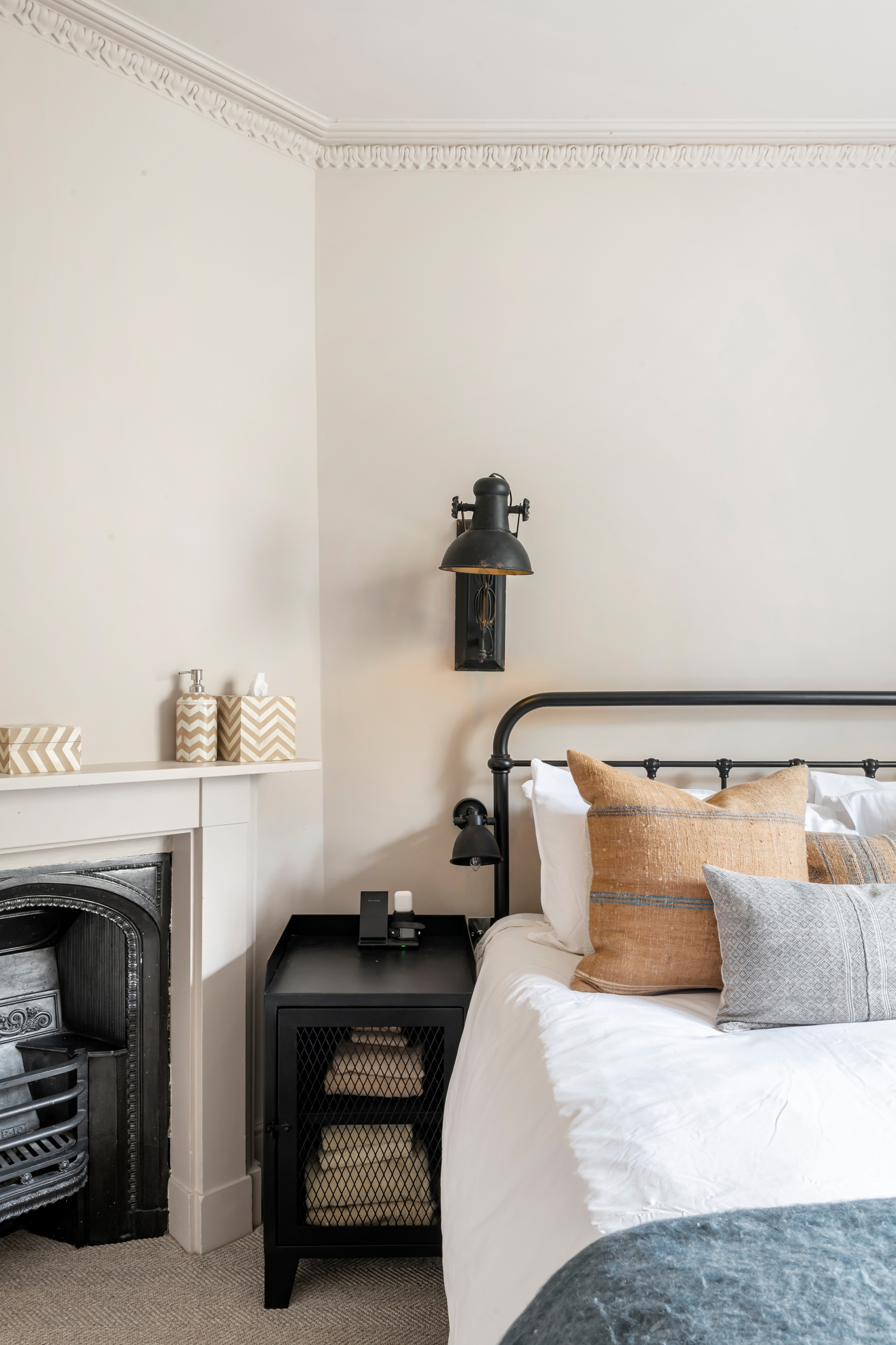4 lighting tricks to help you survive daylight savings – according to designers
Don’t let darker days get you down, try these four tricks to illuminate your space when it's gray outside


Daylight savings time is arguably one of the worst parts of winter. Dark mornings and early sunsets make it a difficult time to find the motivation to do anything.
Luckily, the right lighting ideas around your home could help to boost your mood and limit the winter blues.
Here, designers and lighting experts have shared their top lighting tips to help you through the darker months.
Lighting tricks to help you survive daylight savings
Our home lighting schemes do more than just make a house look cozy. They also play a huge part in wellness in interior design, explains Peter Scialla, indoor wellness expert, president, and COO at Delos.
‘Lighting can impact our health in many ways – from our sleep-wake cycle to our alertness, to our mood and cognition, to our metabolism. That’s because our bodies are naturally programmed to function on a cycle that matches the solar day,’ he begins.
‘This cycle, known as the circadian rhythm, governs many aspects of our physiology, metabolism, and behavior, and is primarily synchronized by light. Daily, regularly-timed exposure to light helps us maintain a healthy and robust circadian rhythm.’
In periods of less sun, such as during daylight savings, your internal lighting becomes increasingly important. Here’s how to get it right.
Design expertise in your inbox – from inspiring decorating ideas and beautiful celebrity homes to practical gardening advice and shopping round-ups.
1. Use color-changing lighting throughout your home

When lighting our homes, Peter Scialla, indoor wellness expert, recommends trying to match your lighting temperatures to the natural patterns of the sun to help boost mood. Instead of changing out your lightbulbs throughout the day, you can invest in color-changing light bulbs:
‘Look to incorporate color-tunable lighting into your home to mimic sun patterns during darker months. This does not need to be an expensive whole-home overhaul,’ he adds. ‘Affordable plug-and-play solutions like bathroom mirrors with built-in energizing lights or circadian nightlights are designed to promote alertness by suppressing melatonin to help regulate our body's circadian rhythms.’
Philips Hue White Ambiance Bulb | Was $44.99, Now $39.99 at Amazon
The Phillips Hue Ambience Bulbs can be controlled from your smartphone or smart home device, allowing a range of temperatures from warm white to daylight in one bulb.

Delos is a global wellness leader with a mission to enhance health and well-being in the spaces where we live, work, learn and play.
2. Maximize natural daylight with mirrors

Decorating with mirrors to make a space look brighter is not a new trick, but it works, says Artem Kropovinsky, interior designer and founder of Arsight. ‘Mirrors bounce light around, creating an illusion of a brighter and larger space,’ he says.
‘Strategically placing them opposite natural light sources such as your windows or doors will improve how much natural light you experience in your home throughout the day.’

Based in New York, Artem Kropovinsky, founder of Arsight, has a decade of extensive and considerable global design experience. Prioritizing minimalism, sustainability, and authenticity, Artem, alongside his team of professionals, works on projects in the US and worldwide.
3. Don’t compensate for dark evenings by increasing screen time

When the nights get darker quicker and we find it hard to find the motivation to do much, we might start turning to our screens earlier in the evening to pass the time. Reinis Butka, lighting expert and founder of Luminesy, warns that this could be making it much harder to sleep better, however, and can make you feel worse overall throughout the daylight saving period.
‘In the evening, it's important to create a calming and relaxing environment. Avoid bright, blue-enriched light sources, such as electronic devices, as they can interfere with your body's melatonin production, which is a hormone that promotes sleep. Instead, opt for warm, dim lighting. Consider using lamps with low-wattage bulbs or installing dimmer switches in your living spaces. This will help prepare your body for restful sleep.’
4. Use a sun lamp to wake you up each morning

If the dark mornings are making it harder to get up or leaving you feeling sluggish you should consider investing in one of the best sunrise alarm clocks, suggests Artem Kropovinsky, interior designer.
‘These devices simulate a natural dawn, gradually filling your room with warm toned light and making waking up in the darker mornings feel more natural.’
Using these lamps can even help you to become a morning person, too, experts say.

Rated out best sunrise alarm clock, we found that the Shine produced the most realistic sunrise effect, with the lights shifting gradually through red, yellow and then white. It mimics a natural sunrise well and the shift in colors is subtle and smooth.
5. Layer lighting around the space for warmth

When the outside world is dark and cold, it pays to have a cozy home that feels comfortable to be in night after night. Ian Cameron, creative director at Cameron Design House stresses the importance of layering in interior design to achieve this:
'Brighten the home with decorative accent lighting. Incorporating colored glass within your lighting can add energetic pops of color to a space throughout the year. Alternatively featuring burnished brass chandeliers can add warmth to a space no matter the weather outside!'

Cameron Design House is an award-winning bespoke lighting and furniture studio based in London. Founded by Ian Cameron in 2014, Cameron Design House has become synonymous with unique, contemporary statement design and refined craftsmanship.
FAQs
How do you beat daylight savings fatigue?
When feeling fatigued and in a low mood during daylight savings time, using adjustable lighting that mimics the natural movement of the sun can help you wake up more naturally in the mornings. Besides this, eating well and using vitamin D supplements to make up for reduced sunlight can help you maintain your energy levels and ward off SAD.
Why am I so tired since the clocks changed?
When the clocks go backward an hour, it can disrupt the body's natural circadian rhythm – a process that governs our sleep schedule and hormone regulation. As a result, we may find it difficult to go to bed and wake up at our usual times for a while as we try to adjust. Altering your bedtime routine by 15-minute chunks gradually can help you to counteract this, as can sticking to a strict wake-up schedule and using vitamin D supplements can help to prevent fatigue.
When daylight savings time is limiting your natural sunlight exposure, it can also help to try some interior design tricks to make a dark room brighter, such as removing heavy drapes, using brighter color schemes, and playing with bright patterns to prevent your home feeling too drab in the darker, colder months.

Chiana has been at Homes & Gardens for two years and is our resident 'queen' of non-toxic living. She spends most of her time producing content for the Solved section of the website, helping readers get the most out of their homes through clever decluttering, cleaning, and tidying tips. She was named one of Fixr's top home improvement journalists in 2024.
